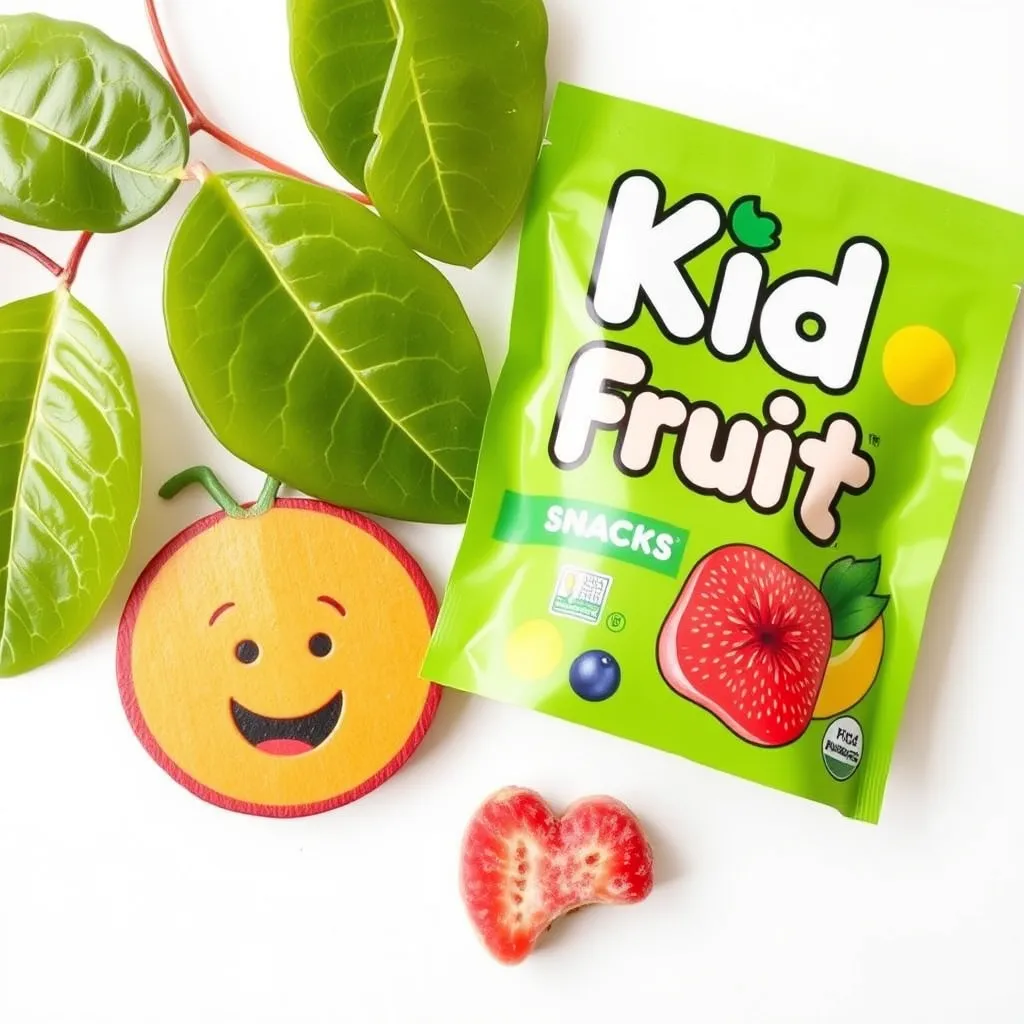Hey there, new parents and soon-to-be moms and dads! Today, we’re diving into the wonderful world of baby onesies. These tiny outfits are like superhero costumes for your little one – they’re comfy, easy to put on, and perfect for all sorts of baby adventures. Let’s get started!
Quick Guide to Baby Onesies
- Sizes: Newborn, 0-3 months, 3-6 months, 6-9 months, 9-12 months
- Materials: Cotton, bamboo, organic cotton, fleece
- Types: Short-sleeve, long-sleeve, kimono-style, footie
- Average price: $5-$30 per onesie
- Essential features: Easy diaper access, soft fabric, stretchy neckline
What Are Baby Onesies?
Baby onesies are one-piece outfits that cover your baby’s torso and usually snap closed at the bottom. They’re super practical and come in all sorts of cute designs. Think of them as your baby’s go-to everyday outfit!
Why Are Baby Onesies So Popular?
- Easy diaper changes: The snaps at the bottom make it simple to change diapers without taking off the whole outfit.
- Comfort: Soft fabrics keep your baby cozy and happy.
- Versatility: You can use them as a base layer or as a complete outfit.
- Adorable factor: Let’s face it, babies look extra cute in onesies!
Types of Baby Onesies
There are several types of baby onesies to choose from:
- Short-sleeve onesies: Perfect for warm weather or layering
- Long-sleeve onesies: Great for cooler temperatures
- Kimono-style onesies: Easy to put on and take off, especially for newborns
- Footie onesies: Keep your baby’s feet warm and cozy

Choosing the Right Size
Picking the right size baby onesie can be tricky. Here’s a general guide:
| Size | Age Range | Weight |
|---|---|---|
| Newborn | 0-2 months | 5-8 lbs |
| 0-3 months | 0-3 months | 8-12 lbs |
| 3-6 months | 3-6 months | 12-16 lbs |
| 6-9 months | 6-9 months | 16-20 lbs |
| 9-12 months | 9-12 months | 20-24 lbs |
Remember, babies grow fast! It’s a good idea to have a few onesies in the next size up, just in case.
Materials Matter
When it comes to baby onesies, the material is super important. You want something soft and gentle on your baby’s skin. Here are some popular choices:
- Cotton: Soft, breathable, and easy to wash
- Organic cotton: Extra gentle and free from harsh chemicals
- Bamboo: Super soft and naturally antibacterial
- Fleece: Warm and cozy for colder weather
“Choosing the right material for your baby’s onesie can make a big difference in their comfort and happiness.” – Dr. Emily Johnson, Pediatrician
How Many Onesies Do You Need?
New parents often wonder how many baby onesies they should have. Here’s a good starting point:
- 7-10 everyday onesies
- 3-5 sleep onesies
- 2-3 special occasion onesies
This gives you enough to handle daily wear, nighttime, and those cute photo ops!
Caring for Baby Onesies
Keeping your baby onesies clean and in good shape is easy:
- Wash before first use
- Use gentle, baby-friendly detergent
- Wash in cold or warm water (check the label)
- Avoid fabric softeners (they can irritate baby’s skin)
- Dry on low heat or air dry
Fun with Baby Onesies
Baby onesies aren’t just practical – they’re fun too! Here are some cool ideas:
- DIY designs: Use fabric paint or iron-on transfers to make custom onesies
- Monthly milestone photos: Use onesies with numbers to track your baby’s growth
- Themed collections: Build a set of onesies around your favorite characters or hobbies

Where to Buy Baby Onesies
You can find baby onesies in lots of places:
- Baby specialty stores
- Department stores
- Online retailers like Amazon or Target
- Handmade marketplaces like Etsy
Onesies for Every Occasion
Baby onesies come in handy for all sorts of situations:
- Everyday wear: Comfy and easy for playtime and errands
- Bedtime: Cozy sleep onesies help your baby rest well
- Special events: Dress-up onesies for parties or photos
- Seasonal use: Warm onesies for winter, light ones for summer

Onesie Safety Tips
Keep your baby safe and comfy in their onesies:
- Check for loose buttons or snaps
- Make sure the neckline isn’t too tight
- Avoid onesies with long strings or ties
- Choose flame-resistant materials for sleepwear
Frequently Asked Questions
1. How often should I change my baby’s onesie?
Change your baby’s onesie at least once a day, or more if it gets dirty or wet.
2. Can babies sleep in onesies?
Yes, onesies are great for sleep. Just make sure they’re not too warm or too cold.
3. Are secondhand onesies okay to use?
Secondhand onesies can be fine, but wash them thoroughly and check for any wear and tear first.
4. How do I know if a onesie is too small?
If the onesie is tight around the legs, arms, or chest, or if the snaps are hard to close, it’s probably too small.
5. Can I use cloth diapers with onesies?
Yes, but you might need to size up to accommodate the extra bulk of cloth diapers.
Wrapping Up
Baby onesies are a must-have for any new parent. They’re comfy, cute, and super practical. Remember to choose soft materials, get the right size, and have fun with different styles. Before you know it, you’ll be a onesie pro!
Got any favorite onesie stories or tips? Share them in the comments below – we’d love to hear from you!











